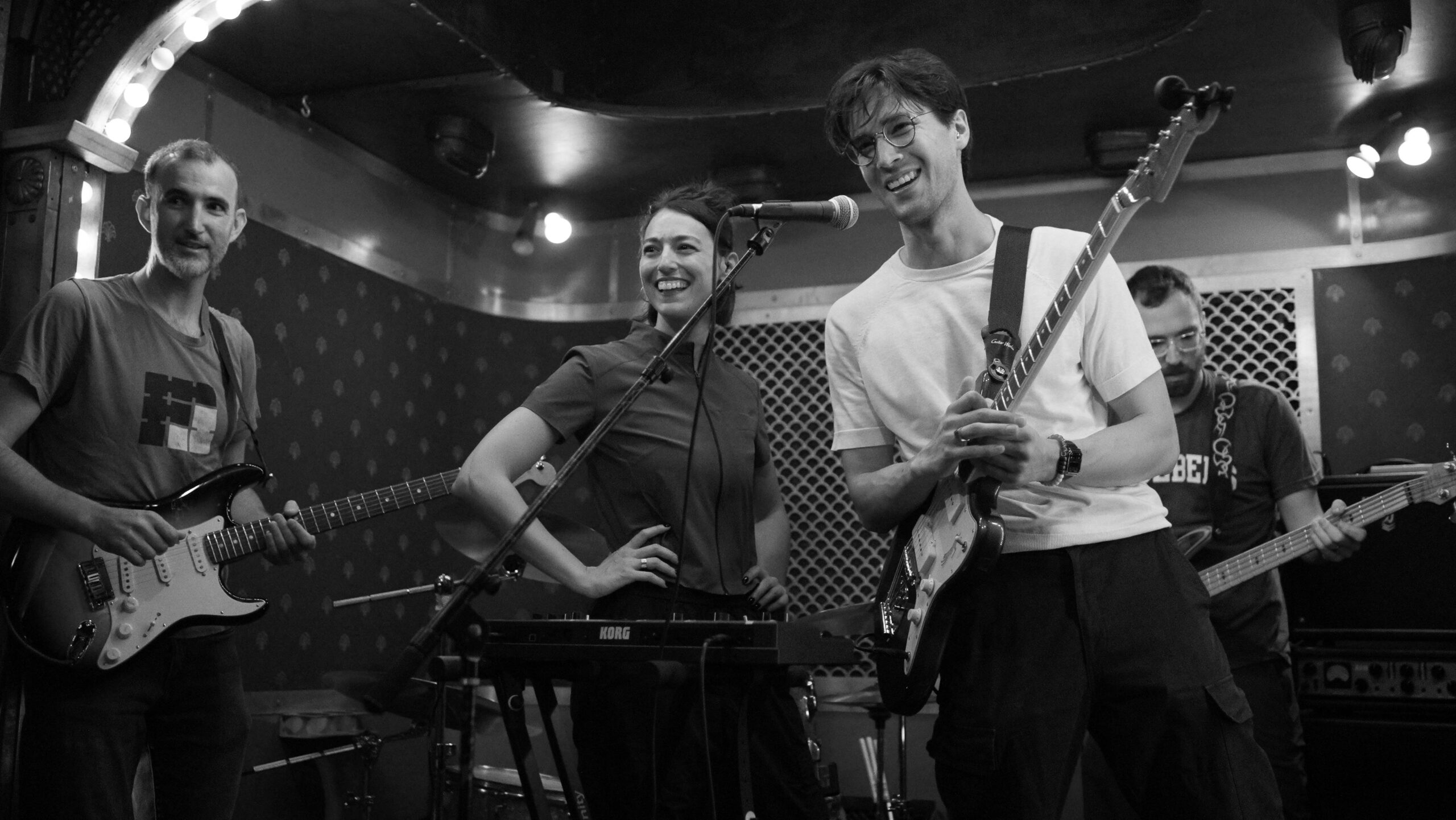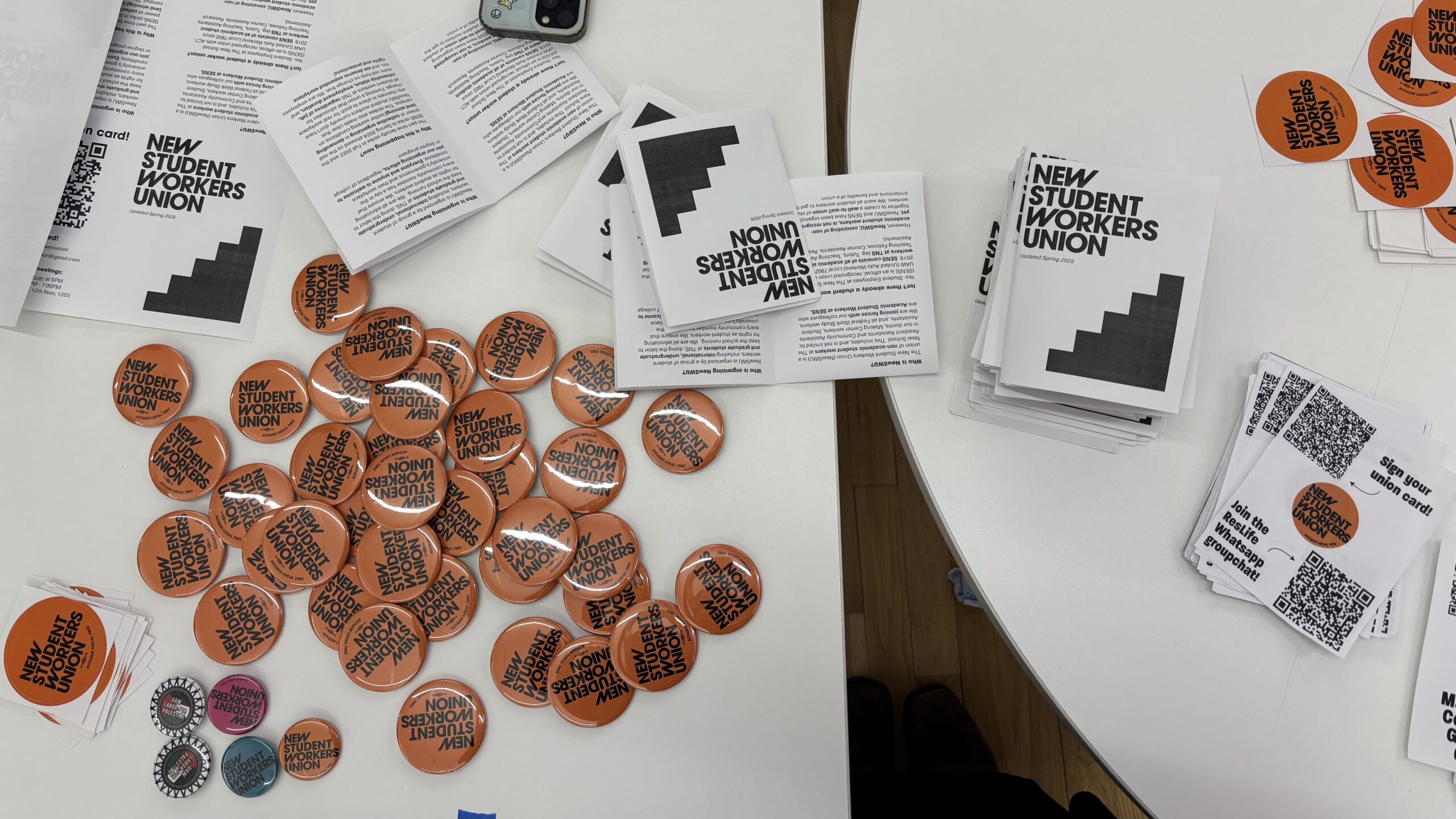For students struggling to cope with the ever-rising costs of attending this university, a newly formed campus group wants to be their voice.
Community, Action & Support for Having Conversations About Socioeconomic Hierarchies, or CA$HCA$H, held their first meeting on Sept. 4 at the Social Justice Hub in the fifth floor of the University Center, where one of the group’s four leaders, Sorcha Fatooh, delivered this blunt message to the roughly 30 New School students there : “Every poor student feels like the only poor student.”
In May, the Registrar’s Office said tuition would rise by 4 percent and housing costs would increase 7 percent from the previous academic year. The university currently holds the fifth place in USA Today’s ranking of the most expensive private universities by net price, meaning the total cost of one year of undergraduate college education for a first time freshmen (not including financial aid). With The New School’s divisions welcoming more than 3,000 freshmen and transfers this year, many students at the meeting said that, if anything, costs should be lower.
“Its a problem for us, its a problem for private institutions, its a problem for society,” said President David Van Zandt of the school’s costs.
The New School Free Press spoke with Van Zandt and Provost Tim Marshall a week after CA$HCA$H’s first meeting. The 20-minute interview, arranged and attended by a representative from Communications and External Affairs, took place on the rooftop garden of the Lang 12th Street building.
Van Zandt said higher costs at The New School had to do with its low faculty-to-student ratio, its studio-, project- and seminar-based curriculum and its location in Greenwich Village.
Van Zandt added, “higher education is only becoming more important,” a reality that anyone searching for a job in the current economy knows all too well.
At the CA$HCA$H gathering, Lang students Morgan Stevenson and Aliyah Hakim led a discussion on what low-income New School community members felt was missing from the university. On campus job opportunities and discounts for meal and MetroCard plans were brought up, but the most talked about issue was the difficulty of obtaining extra financial help, beyond the scholarships and grants offered upon acceptance, from the Financial Aid office. Mimi Barcomi, another CA$HCA$H organizer and a theatre major at Lang, said that her experience of increasing her financial aid had been “different depending on who you talk to [at the Financial Aid office].”
The NSFP brought these complaints to Van Zandt.
“I think right now we meet about 60 percent of the estimated need of our students,” he said. The remaining 40 percent, he said, had to be met by students with financial need through “private loans, savings or employment, or something like that.”
But the Financial Aid office, from what students are saying, doesn’t make life easier for them. For example, very few students know Parsons students have the right to ask the school to pay for materials required for a class, which can range from a thousand to five thousand dollars per semester, if they cannot afford them. As the CA$HCA$H meeting progressed, the students’ stories started sounding similar. Most of them had reached the point of crying at the Financial Aid office before having their needs fully addressed.
Are students being driven out by their lack of persistence when it comes to pestering the Financial Aid offices?
Van Zandt said he was keenly aware of the problem and that the university is trying to do all it could to help. “It doesn’t make any sense for us to let somebody drop out because they can’t make it financially,” he said.
Van Zandt described what he called a new approach to financial aid. The office is “starting to actively go through everybody who maybe has a financial hold because they haven’t made payments in the past,” he said, in order to figure out how those students can be helped and kept on a timely path to receiving their diplomas. “We’re trying to see if there is something we can do to find a way to reach out to them other than just sitting here and saying they can’t pay it,” he said.
How those needs have been met vary by case. Odalis Garcia, a sophomore at Lang, said she is currently gets a combination of scholarships, loans and grants to pay for her education. Amongst them she mentioned the Lang Supplemental Award, University Scholars Award, and the A&I Millennium Award. Eli Condon, a Parsons freshman, currently receives the Parsons’ Dean Scholarship, as well as a scholarship that shows up as nameless on the e-bill.
The Petrie Emergency Grant Fund was never mentioned by CA$HCA$H members but was
highly praised by Van Zandt. It is a fund that provides financial support to those who might have suffered an economic or personal loss, like damage to one’s apartment or death of a parent. “If you can do something and put a little more money in to help that student come back to school, everybody’s going to be much better off if we do that,” Van Zandt said.
Despite the president’s attempts to address the financial issues, anxiety among students has grown noticeably. Tthus the formation of the CA$HCA$H group. “Poor students are underrepresented and our struggles are downplayed,” said Stevenson. “I feel chastised by Financial Aid and I’m tired.”







Leave a Reply